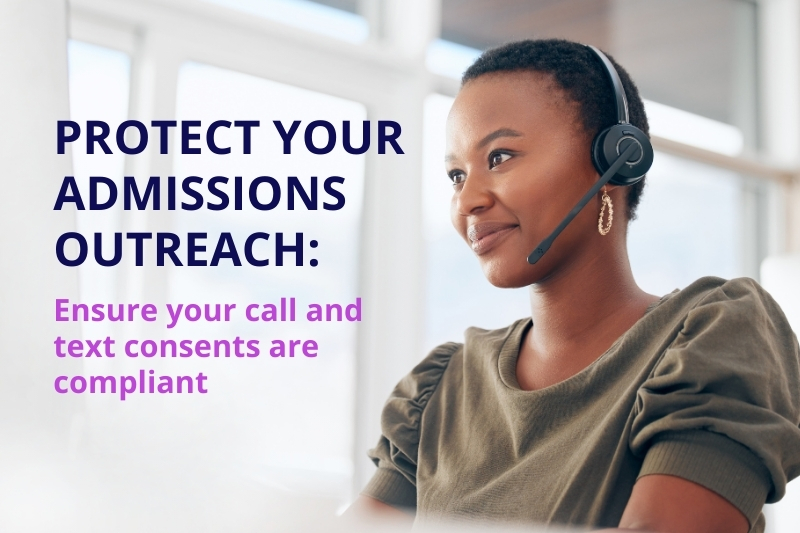We know Colleges are the cornerstone of our college affordability issue, so why are some Colleges and Community Colleges struggling with enrollments? Get tons of College Enrollment Strategy Tips and Insights in this article. With Covid-19 we can only assume declining state funding will continue, coupled with increased competition from state schools, private colleges, and for-profit colleges. Your college will need to do more with less. In this article, I breakdown how you can improve your enrollment experience and increase enrollments without increasing your budget.
This article covers:
- Why does most Community Colleges enrollment strategy need to be redesigned?
- The importance of a great website experience
- Enrollment strategy
- How to improve your enrollment experience?
- Lead nurturing through email, text, and calls
- Is speed-to-lead still important?
- Using technology to create a personalized experience
Get Enrollment Conversion Tips from a 20-Year Higher Ed Marketing Expert
Growing Enrollments Can Be A Leaky Bucket
This article is going to breakdown solutions to help address what we call a leaky enrollment bucket.
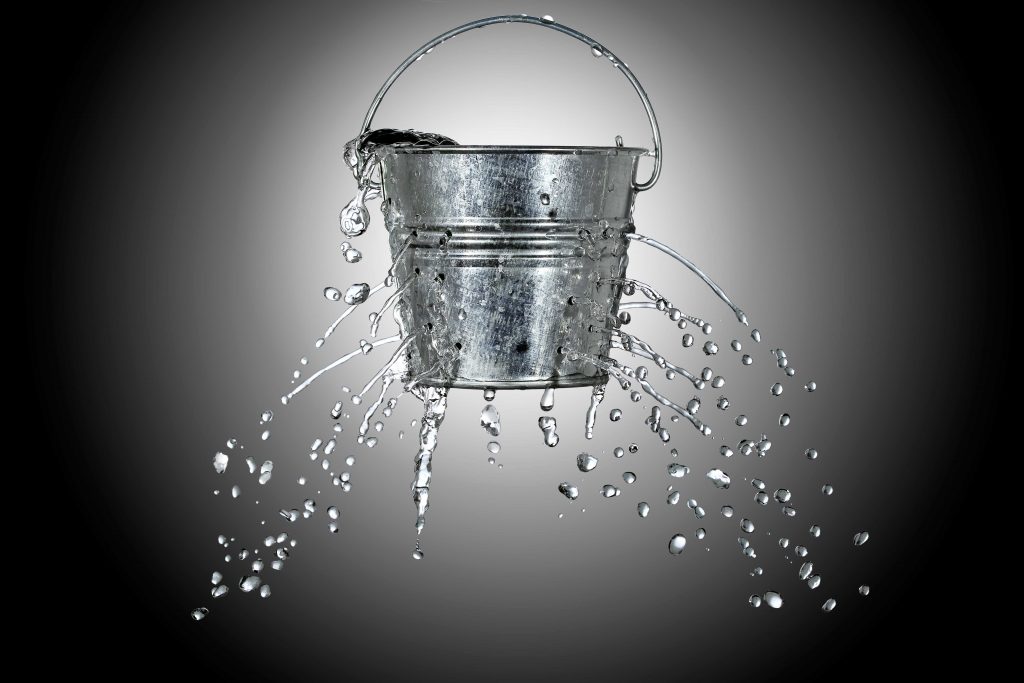
The best way to describe this analogy is to think of new college applicants as the water going into the budget, while other applicants fall out of your bucket before starting the program. At times, students are dropping out almost as quickly as new people are coming in. This hurts a colleges’ overall yield and makes the enrollment cycle unpredictable.
You may have hundreds of people apply, but a large percentage of those people do not persist. Community colleges must work hard to improve their enrollment experience since many of the students who do not persist can be first-generation college students and minorities.
There are things you can do to plug the leaky bucket and have more of those students enroll and succeed at your college. A student’s ability to overcome the application process is not a predictor if he or she will become a future graduate.
Imagine the impact your college can have on society if we could get more underserved communities to graduate from college! But, first, we need to get them through the enrollment process.
I am here to champion for the students who may drop out of the process!
You can also apply the leaky bucket analogy to how your website gets thousands of visitors, but only a percentage of those apply. Check out these 12 things you can do to convert more website visitors into inquiries for your college.
We Need to Change Our Perspective About Enrollment Management
I’ve spoken with many Community Colleges and have heard that they do not want to turn into a sales organization or use aggressive enrollment practices. Let’s unpack this sentiment.

By changing your enrollment experience, you are better serving students. Your college will not become a sales organization; think of this as servant leadership. Prospective students come to your website to learn more about your college and to find out if your college is the right fit for them. Make it easier for them to figure out these answers.
Unintentional Hurdles
At times, colleges can put up unintentional hurdles for prospective students. I’ve heard many schools, over my 20-year career, think that if a student will overcome these hurdles, then he or she will be a more motivated student and will be more likely to graduate. I find this hypothesis flawed and not supported by actual data.
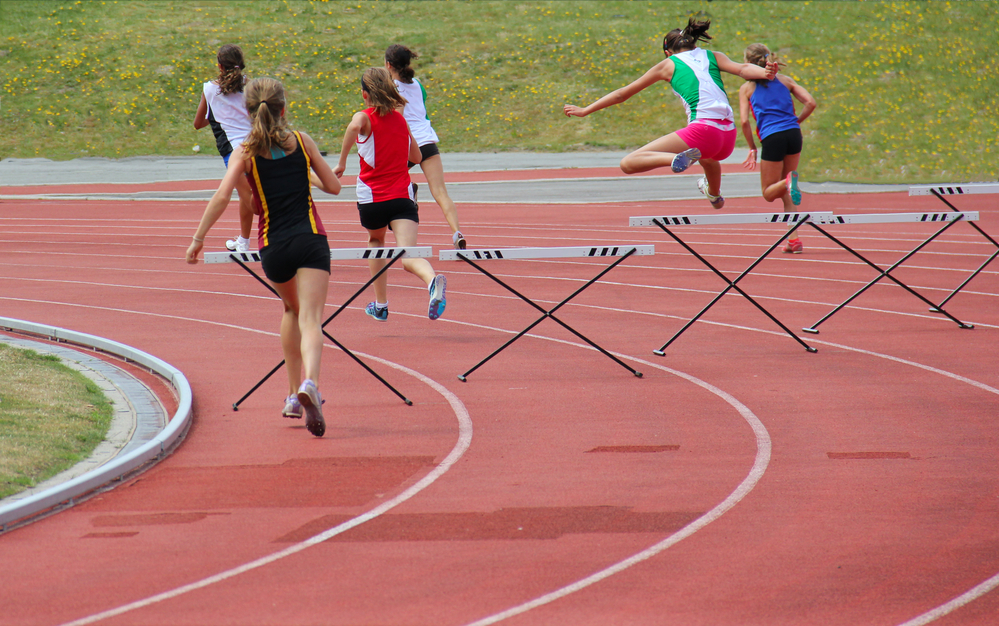
Prospective students are coming to college to learn these traits. Community Colleges shouldn’t expect students to have many of the skillsets before enrolling. This is especially true for those college students who may not have the family support at home or the ability to lean on parents who have already navigated college before. We are underserving those already underserved. And if we continue putting up these unintentional enrollment hurdles will only help to further deepen the gap between students.
Your Website Experience Can Be a Hurdle
This is the first hurdle that a student needs to overcome. “I came to your website to learn more about your college and found it hard to figure out if this college is for me.”
Prospective students are coming to your website to get answers to these types of questions and more.
Make it easy for them to find these answers.
- Can your college clearly articulate why I would want to enroll at your school?
- No need to make a direct comparison with other colleges, but you should be able to communicate what makes your college special?
- What outcomes should I expect from your college?
- How is your college communicating its value?
- Will you help make my decision easier for me? Including:
- Can I afford your college?
- What support will I receive?
- Are you providing any social proof on your website and within your communication strategy?
- Do you offer career services and in what capacity?
- Will this degree help me in my career pursuits?
Articulating Value: Enrollment Strategy
Check out how WGU differentiates itself and how the school helps students see its’ value. I’ve included a number of screenshots taken from WGU’s homepage. They provide social proof from survey data, recognizable person testimonials (Bill Gates), testimonials from a student (also Country music singer/songwriter Angie Keilhauer), and 3rd-party validation. There was even more social proof on their website, but I felt these were enough examples from WGU.



Check out how Grove City College presents their Why Should Someone Attend their School. I am not sure if Grove City College uses this information in a communication sequence during the enrollment process.
Please read on to learn more about creating a communication strategy and how best to apply it to your enrollment strategy.

Jack Welch Management Institute
Here is how Jack Welch Management Institute positions itself and clearly articulates what makes them unique by the numbers, accreditation, and 3rd-party validation, and a testimonial. Plus, it lists out the JWMI difference.
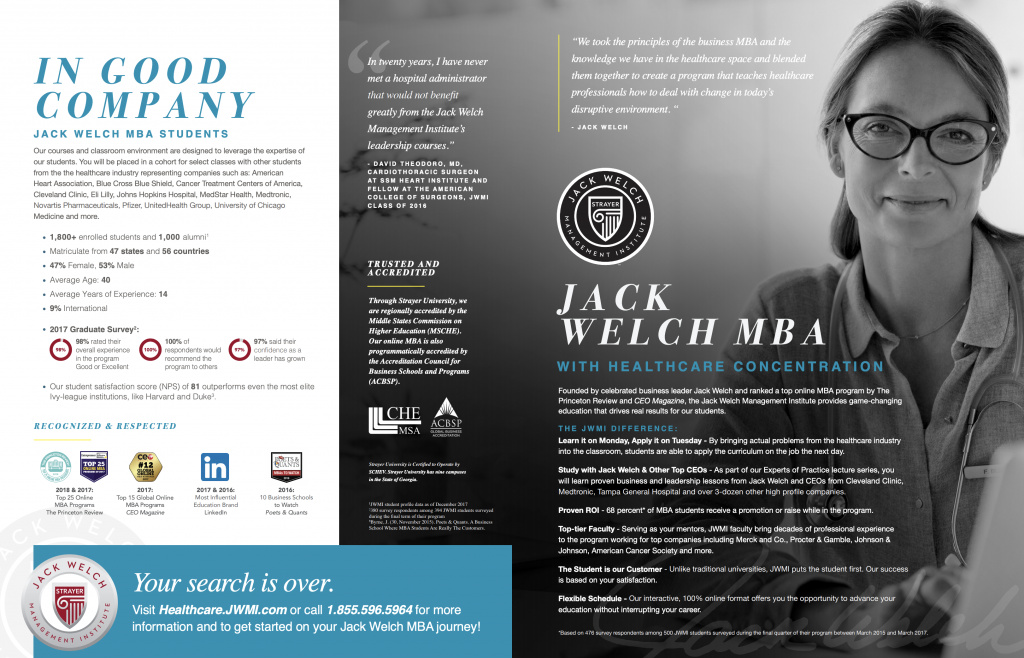
Change Your Application and Request More Information Process on Your Website
Add a Request for More Information Form to Your Website
Add a request for more information form on your website, and not just an Apply Now form. If your college only has an Apply Now form, then that’s the second hurdle that needs to change.
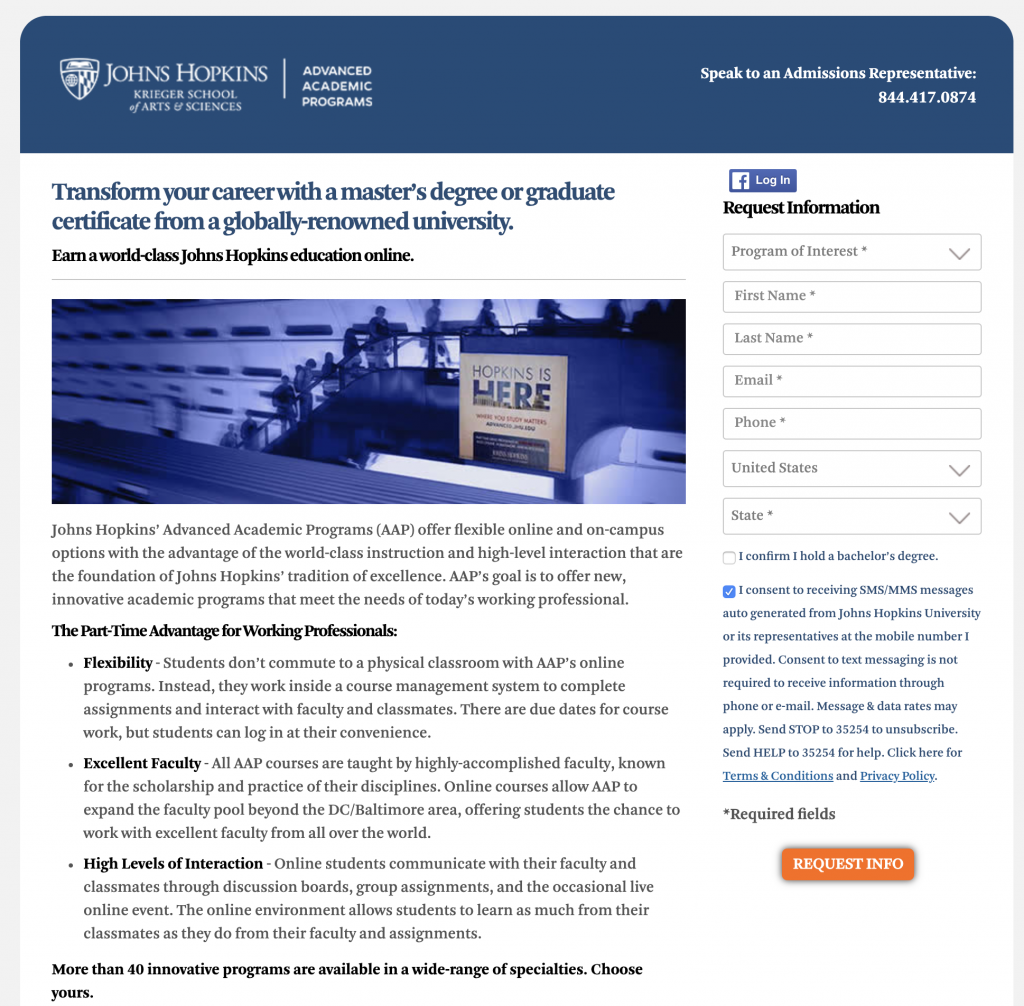
A certain percentage of students will always enroll at your college, which is why you want to leave your Apply Now process. However, a more significant percentage of students need to better understand the value of your institution before applying. Allow people the opportunity to do this.
Create an opportunity for prospective students to request more information on your website and then give people more information. I breakdown the best ways to do this.
Once you have captured the person’s information, your college or university can tell its story and build value for itself by using a communication sequence. Your college or university is probably already doing this with public relations and social media, but now it’s time to integrate your value-building messages and share them with prospective students using email, text, and phone calls during the enrollment process.
Create an Enrollment Communication Strategy
Think of this as the breadcrumbs Hansel left in the woods, from the story Hanzel and Gretal, but these will be digital breadcrumbs that help tell your college’s story. Your digital breadcrumbs will also help build value for your institution, and help to differentiate your college from others. These breadcrumbs will help your prospective student find their way to enrollment- if done right.
You are not pressuring these students to enroll, on the contrary, you are helping to educate them about your institution and building value for all the hard work your team has done to make it a great institution.
Your college is special; your staff, professors, and students are special, but how is this being communicated to prospective students strategically?
In-Person Tours
I’ve seen so many colleges lean heavily on in-person tours. While this effectively addresses your prospective student’s questions, it can contribute to your leaky bucket from website visitors to applicants.
You may not have built enough value for your intuition to inspire students to want to come in for a tour. Imagine you called an Insurance Agent or Financial Advisor, and before this person builds any rapport with you, or before you understand how they operate, these Professionals say, just come in for a meeting– all of your questions will be answered. Click. Would you go to the appointment? I am sure some people would come in for the appointment, but we have no idea how many would pass on this opportunity. We also have no idea how many of your website visitors choose not to continue the enrollment process with your institution because they need to come in for a tour too early in your relationship.
Now, back to your college tour. Think about how many prospective students might be disenfranchised by forcing them to come in for a tour before you’ve done enough value building for your institution. These prospective students need to quickly understand if your college is for them, before committing to a tour. Don’t push people away because of your built-in hurdles.
What Can We Do Instead?
How Do You Pull these Prospective Students into the Enrollment Process?
One of the best ways to help marshall people through your enrollment process is with a CRM for higher education. A CRM system allows you to capture the person’s information in real-time…instantaneously. When someone hits submit on your info request form, the information goes right into the system and the CRM can kick-off a communication sequence. When someone comes to your website to learn more about your institution, he or she wants to learn more about your school right away and not a day or two later. This is important and worth auditing your current process. Is your school able to communicate with a prospect right away?
You can put a prospective student on a communication track with a combination of emails, texts, and phone calls. You can personalize these communications and ensure that no inquiry falls through the cracks.
A CRM doesn’t need to be expensive to work! What if you can lead nurture prospects, add marketing and enrollment automation at a minimal cost to your college? Schedule a demo to find out how Ynot works.

Inquiries Fall Through the Cracks
Throughout my Higher Ed career, I have done hundreds of secret shops and applied to many colleges. Time and time again, my request for information would go unanswered or I would receive a single email acknowledging my information was received. As far as the school knew, I was a prospective student interested in attending their college. Imagine how someone on the other end of this type of communication feels.
Let’s remove the hurdles wherever we can. We owe it to these students. We need to better empathize with our prospective students and ask ourselves, are we doing enough to show them that we care? What else can we do to help him or her through the enrollment process?
How to Improve Your Enrollment Experience?
If you want tips on how to turn more website visitors into inquiries, be sure to check out this article about improving your college website conversion rate. These tips will help you get more visitors into your enrollment funnel. You must capture their information, so you can then communicate with him or her and build value for your institution. If the person leaves without engaging with your institution, then the relationship may have ended before it began.

Create a Lead Nurturing Email and Text Message Sequence
Lead nurturing is the process of developing relationships with prospective students at every stage of their decision process. The focus should be on understanding your prospective student’s needs and putting him or her on a communication track that will help answer their questions about your college. You can put people on different tracks. You can put nursing prospective students on a different track than business students or undecided students. Imagine you sent communications that said, it’s ok to be undecided, that’s what college is for! We are here to help you figure out what is important to you, what you excel at, and to help you find your place in this world. And, then you provide support on how you would do this for them.
The sequence should include a mix of emails, text messages, and phone calls.
Here is an example of an email sequence: When a new inquiry comes in, send out a fantastic first email the moment their information is submitted. Then also send out a text message or two within 5-10 minutes of their submission. Within 24 hours, follow-up with a phone call. However, it’s important to test if text messages or phone calls work better for your type of student. If you find text messages work better then continue to refine your text message communication strategy. What is the right sequence for your text messages? What information will you convey?
You may think this is too much. But, let’s look at this way, the prospective student came to your website to learn more about your school. If your communications are focused on helping him or her learn more about your school and you are adding value with these communications, then it is definitely not too much.
Avoid Transactional Communications
Try to avoid transactional communications where you say things like Click Here to Apply; these communications are not adding value with prospective students. The goal is to aim for more informative and brand-building communications. Try not to miss opportunities to reinforce what makes your college spectacular.
Check out this video I created for a fake university called Ellery University. I created this video to be shared via text message through MMS. Ynot CRM can send out SMS and MMS text messages to individuals or to a group of students you select through the filter system. You can send out text communications to promote:
- Upcoming events
- Enrollment deadlines
- Financial-aid deadlines
- Webinars
- Brand-building communications
- Covid updates
- Safety updates
- Referral requests
- and so much more
Check Out this Video:
Why not send videos just like this throughout your enrollment process?
Send Engaging Communications Instead
Send your prospective students a few great videos via text message called MMS. Or send them a few visuals that can help differentiate your school, while building value, and being welcoming.
Each touchpoint you create needs to have a purpose. Ask yourself. Is this communication adding value? Is this communicating
- Differentiating my school
- Building value, sharing your social proof
- Creating an inclusive and welcoming environment
- Helping to answer their questions and objections
If you are using a Higher Education CRM, then that CRM should be able to cue up all of these communications and automatically send them out. Yes, your staff will be able to focus on other things, while your Marketing Automation does all the hard work!
This way a prospect never falls through the cracks. You create a consistent brand experience. Tell your story in a compelling way, in a way more people see it and impact your enrollment yield.
Step 1: Audit Your Creative Assets
As a first step, identify what creative assets your college has that can help tell your compelling story? Do you have great social media posts? Does your college have stats or social proof about what makes it unique? Gather it all. Identify the best pieces that will help answer the questions I mentioned above and those related to your student’s needs.
Step 2: Create a Communication Strategy
Once you have identified what creative assets you have, now let’s create a communication strategy and communication sequence. You can’t communicate everything at once to a prospective student; it would be too much to absorb. What are the top 2-4 things someone needs to know right away? Identify the goal of each communication and then create your communication sequence. The sequence can start on your thank you page. Again, think of all of these elements as digital breadcrumbs.
The best place to start is when a new lead or student inquiry comes in via your information request form, social media DM, or website click-to-chat on your website. In this article, I talk about the need to keep your information request form short. For every extra question you ask, the amount of people filling out your form goes down. Is the page your form is on adding value?
Your website thank you page should be a part of your communication strategy, as it is the first thing someone sees after they request more information. Use this thank you page as an opportunity to start differentiating your college.
Check out these two examples of great thank you pages.
This is one of the best thank you pages I’ve seen, if not the best.
It has an apply now button, promotes upcoming webinars by topic if you click on the button, and a number of videos all covering key areas such as:
- How to Apply
- Receive Mentoring from a Personal Success Coach
- The flexibility of their programs
- Professors
- and more
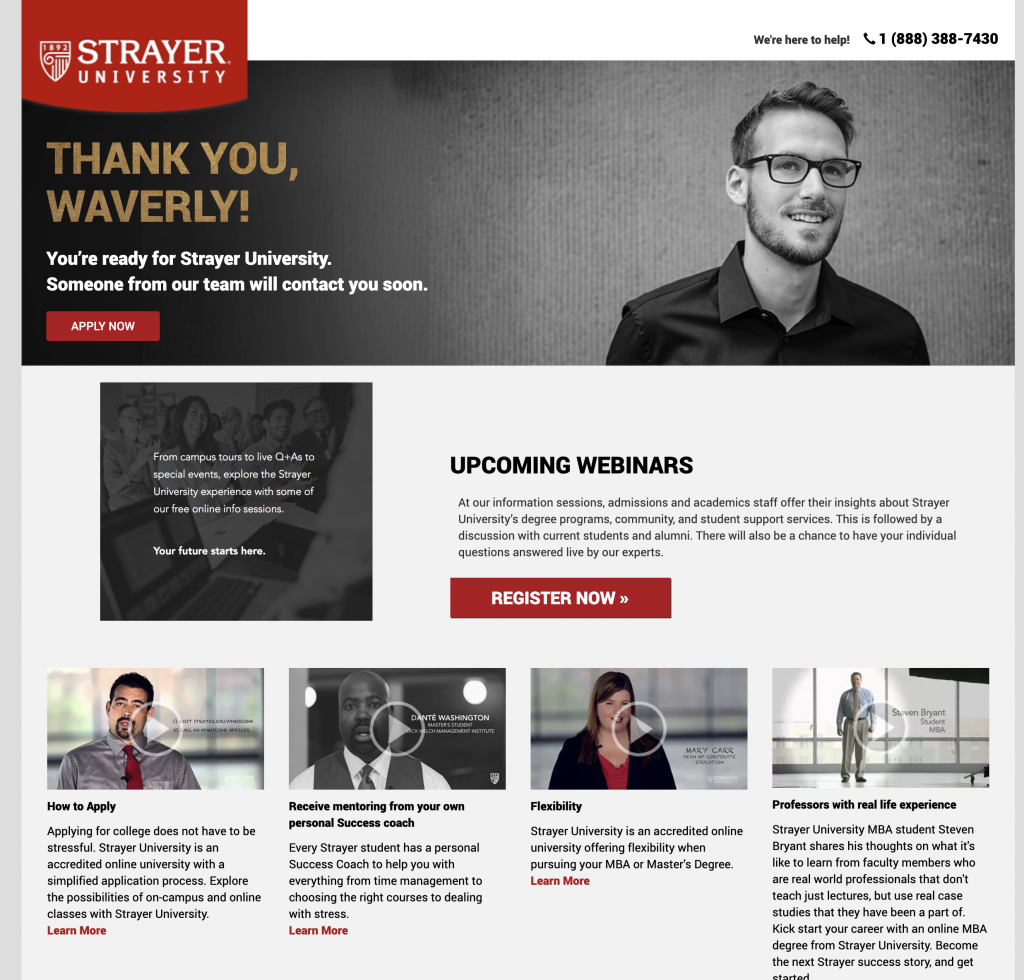
Eckerd College
While this is not a perfect thank you page, I do love how Eckerd College has a virtual tour, link to their Viewbook, and See How Eckerd Students Succeed with Employers and Grad Schools. This is some powerful stuff!!
These elements allow a prospective student the opportunity to get to know the college and what it offers. When the prospective student does finally speak with a Rep, they will be able to have more meaningful conversations and spend more of their time talking through next steps.
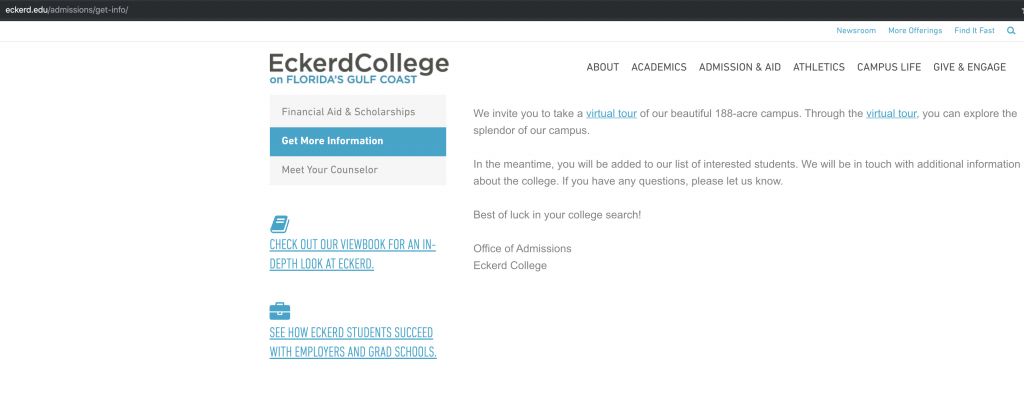
Communication Sequence

Then create a communication sequence starting the second someone fills out a form. Don’t just send this person an auto-email that says, “We received your information, and someone will be contacting you shortly.” I’ve seen so many of these emails in my secret shopping days.
Check out this great example from CodeSmith
Instead, send an email that again helps you differentiate your school. The first email you send a prospective student will generally be opened at the highest rate. Don’t squander this opportunity with transactional communications.
I also created an email for my fake university. Check out the focus on video.

Keep an eye out for future posts about how to better optimize your email strategy and get more prospective students to open your emails and act on them.
Your Communication Strategy Needs Text Messages (SMS/MMS)
Next, send a series of text messages. Text messages are opened at a rate of 98%. Now, compare this with your email open rates, and you’ll quickly see why you need to add text messaging to your strategy.
Often, you can use the same creative you used for social media. I follow over 400 colleges on Instagram, and so many of these colleges create outstanding social media posts.
Are these schools integrating these amazing assets into the admissions process and using them in a communication sequence? Generally, the answer is no, but this is how your school can differentiate.

With text messaging some colleges have seen:
- 6x or more response rates vs. email
- 40% more conversions
- Reps handle 10X more volume
Impressive results! How will your college adjust its enrollment strategy now that you have this new information?
Speed-to-Lead Still Matters
So many community colleges do not call their prospective students. This is a great way for your community college to differentiate itself by offering impeccable service. And, with the right CRM, your school can do this all without blowing up your budget.
Your school can have one or two of your current Enrollment Advisors designated to call your prospective students using a power dialer. The power dialer will allow your Reps to follow-up with 10x more people than they can do now because of the technology. If you use the right technology, your small but mighty team can do so much.
Your team will be able to add a human touch to your enrollment experience so you can connect with more of the students who would have dropped out of the enrollment process before.
Why is it Important to Call Prospective Students?
According to InsideSales.com, waiting just five minutes to respond reduces your chances of connecting with a lead by 10x. When leads come into your website, don’t let them sit idle, or, worse, leave.
This is where Enrollment automation can be so powerful. For example, if a lead comes into Ynot CRM, the system can immediately call the lead- and if the prospective students picks up, Ynot then immediately transfers the call to the next available Rep logged into the system.
Imagine how many hours your Reps will be saving by not having to dial all day. The system does it for your Rep. Your Rep just needs to be logged into Ynot so Ynot can call the newest inquiry who came into the system. Or you can set-up call campaigns by pulling a filter of who you want the system to call. You can use Ynot’s power dialer to call all of your leads and students and invite them to an event your campus is having, or a career fair, or to communicate about upcoming deadlines. The reasons for your call campaigns are endless, but Ynot makes it easy for you to reach out via email, text, and phone.
Don’t let your lead nurturing stop with a phone call. Send an email drip and text message campaign. As mentioned throughout this pot, if done right, it won’t come off as pushy or desperate.
You may need to change your team’s thinking about using more lead nurturing. If your communications are about adding value and making the process easier for them, and not just trying to enroll them, which is self-serving, then your marketing is adding value and will be welcomed.
Ultimately, we should consider ourselves in the service industry. How can we be of service to prospective students?
All-in-One CRM For Colleges and Universities

Ynot enables you to automate portions of your Marketing and Admissions process without losing the feeling of a personal touch. Your Reps will love it! You’ll be able to power up your Admissions Rep Productivity. Do more with less. Find out how.
